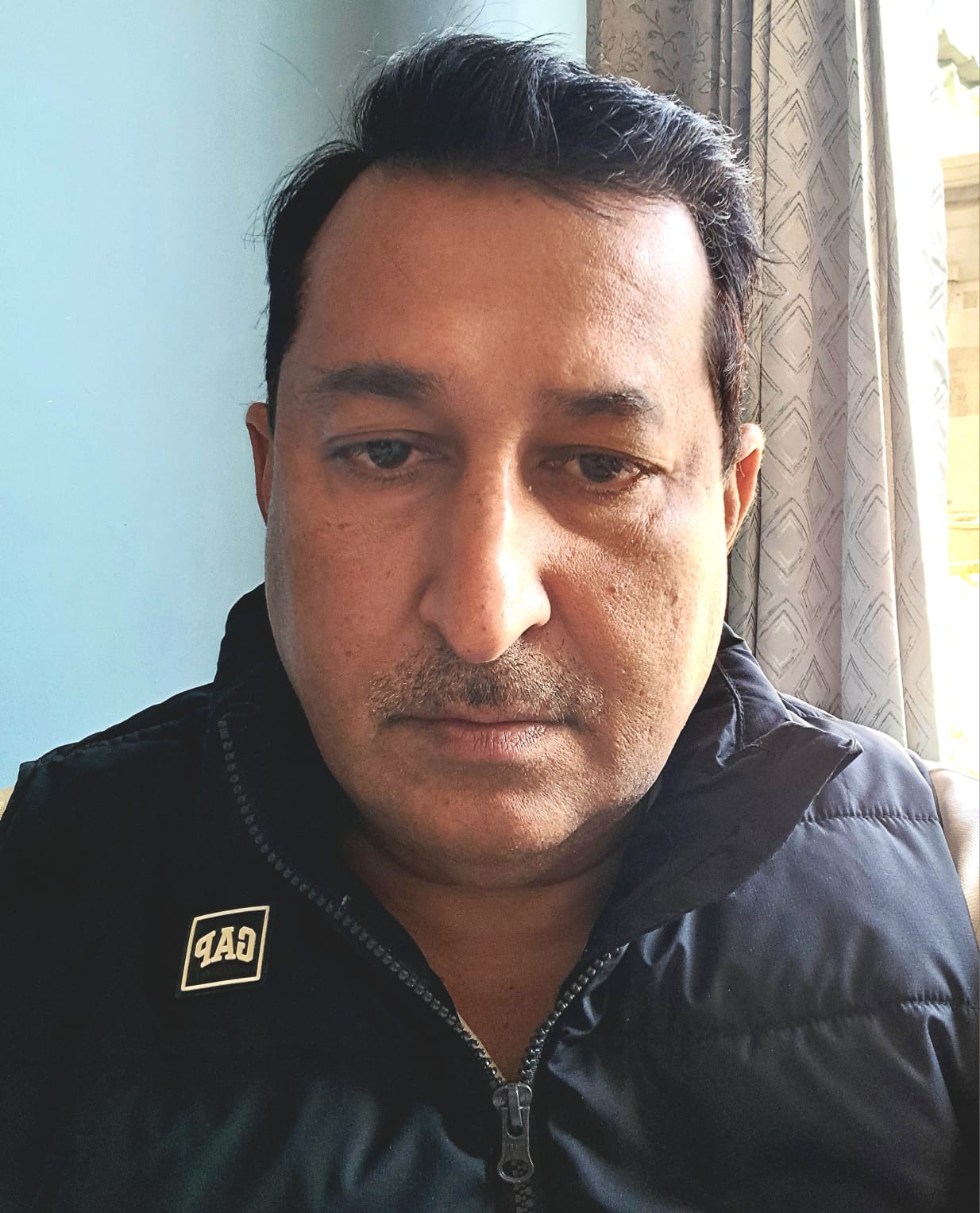Dal Lake in Dharamsala drying up again, locals launch campaign to save dying fish
The famous Dal Lake of Dharamsala has once again started drying up, resulting in an increase in the number of deaths of fish in the water body. In an effort to save the fish from dying, students of Tibetan Children’s Villages (TCV) School, along with locals and environmentalists, launched a campaign in this regard on Wednesday morning.
The volunteers dug a pit and after filling it up with water, transferred the fish from the lake to it. This is the second time in a few years that the lake has dried up to such a great extent. Dal Lake also holds a religious significance for people belonging to the local ‘gaddi’ community, who have expressed their concern over it drying up.
The lake lost its water-retention capacity after the Public Works Department (PWD) removed silt from its bed to increase its depth in 2011.
Last year, Jal Shakti department of Dharamsala had used bentonite, also called drillers mud, to plug the leak on the surface of the water body. Sodium bentonite or drillers mud was often used to seal leaking ponds. Moistened, bentonite swells 11-15 times its original size, plugging the spaces between soil particles as it expands. Due to its high cost, bentonite is used in spot applications on small leaks. It is applied at a rate of one to three pounds per sq ft. The actual amount depends on the soil type and severity of the problem. After the use of bentonite, the Jal Shakti Department had claimed that the problem of water leakage in Dal Lake had been solved. However, the lake has once again started losing water.
The mid-altitude lake is located at a distance of nearly 11 km from Dharamsala in Tota Rani village near Naddi. Though it is very small compared to Dal Lake of Srinagar, it is a natural water body that is vital for the eco-system of surrounding hills.
The lake, which is surrounded by deodar trees, is a tourist attraction. Locals consider it sacred and there is a small ‘Shiva’ temple located at its banks. However, the persisted silting from the adjoining mountains had reduced the lake’s water depth. Nearly half of the lake area was filled with silt and converted into a grassland.
As per the revenue records, the area of lake was nearly 1.22 hectare or 12,200 sq m. However, due to silting, it was reduced to half. The depth of lake that was roughly 10 ft had been reduced. A massive operation with the help of locals, who have contributed in the form of labour and machinery, was launched in 2011 by the local administration for resurrecting the lake. The silt that was taken out was used to create a parking near the temple area. Since then, the lake dries up rapidly. According to sources, geologists say the unscientific digging is likely to have created aqueducts at the base of lake that was leading to the draining of water.









